For all the turmoil that Magic: The Gathering’s Standard format experienced in 2020, it ended in a healthy place.
Despite a plethora of bans and stagnant metagames, Wizards finally was able to right the ship in the last few months of the year. All of the top-tier decks have rock-paper-scissors interplay. The tier two and under decks manage to have decent performances every once in a while.
Due to the frequency of bans this year, it’s best to make a distinction between the top cards that were and weren’t banned. Here are the best cards released this year that weren’t banned in a Magic format.
Yorion, Sky Nomad
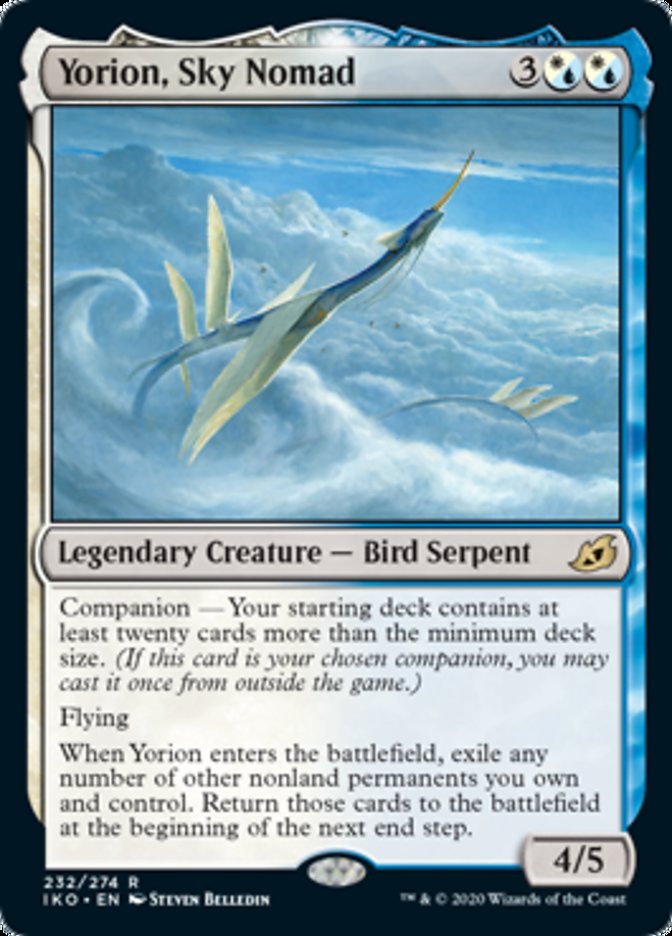
Affectionately known as the Sky Noodle, Yorion was an exciting addition to Magic in 2020. While Yorion didn’t perform well in a competitive environment, the card enabled a series of interesting blink strategies in multiple color combinations. Azorious, Mardu, Selesnya, and Dimir were all able to take advantage of Yorion in the companion slot or a part of the main deck. The flexible mana costs and decent body make it a strong inclusion outside of its enter the battlefield trigger.
Mazemind Tome
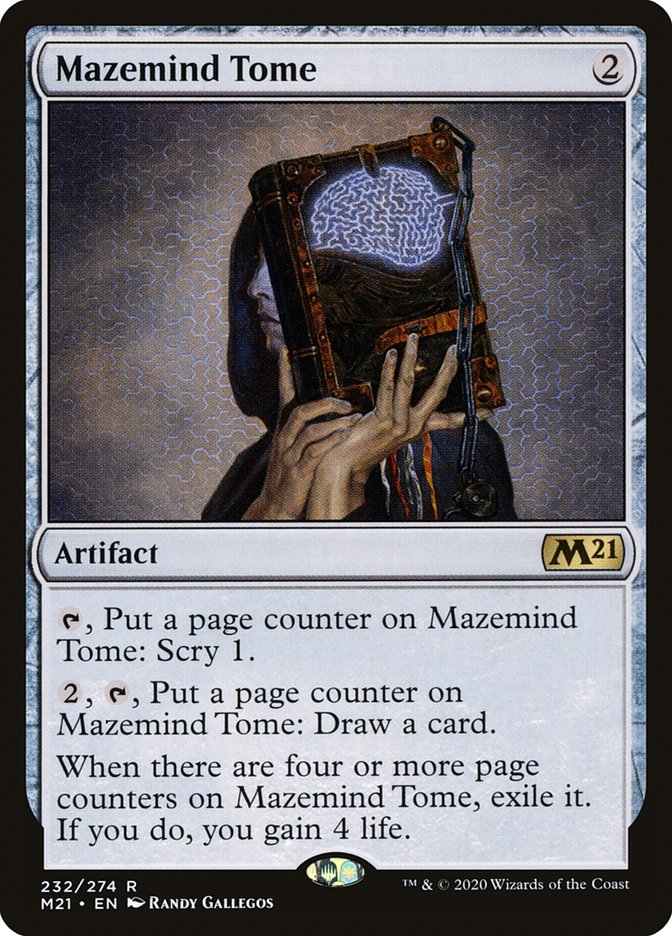
There certainly were flashier cards released in 2020, but Mazemind Tome is the workhorse of Standard. This cheap, colorless artifact provides card selection, draw, and life gain for control and midrange decks. These aren’t the biggest effects, but the impact Mazemind Tome has on the game is game-winning. The ability to gain life against aggro decks and find answers against the powerful midrange and control lists in Standard is invaluable. Getting the first Tome on the battlefield can create enough early card quality advantage to take over the game.
Brushfire Elemental
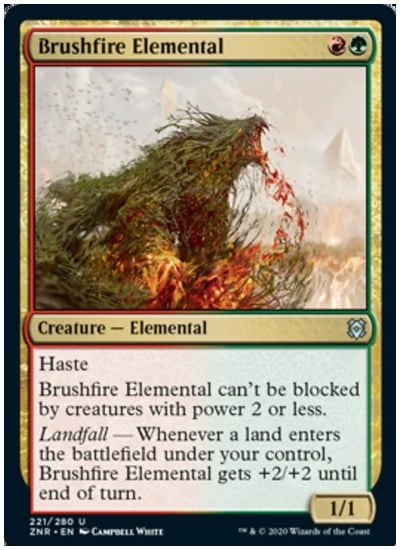
Grand Finals 2020 top-eight competitor Emma Handy attributed Brushfire Elemental as one of the additions that helped Gruul Aggro become the best deck in Standard. At the time, Questing Beast fell out of the meta due to Omnath Adventures. Gruul Aggro needed to find a replacement because Questing Beast’s true power comes from the difficulty to chump block its attack. This is where Brushfire Elemental comes in. The two-mana 1/1 gets bigger with each landfall trigger. It also has the same evasive ability as Questing Beast. This allowed the elemental to get in fast for early damage and be a constant lethal threat with Embercleave.
Agadeem’s Awakening
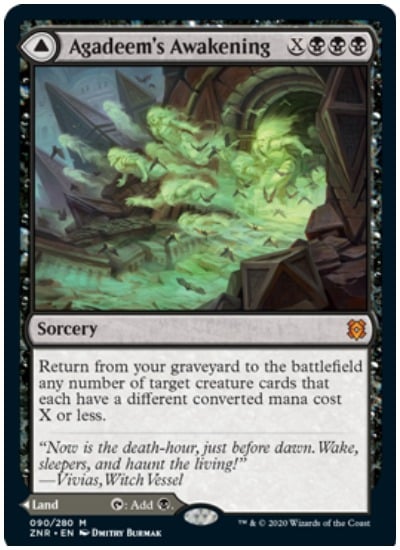
The double-faced land cycle from Zendikar Rising is excellent. Its low deckbuilding cost and utility is a powerful combination. The cycle made an impact on every format in Magic, highlighted by the Oops All Spells deck in Modern that plays zero basic lands. Agadeem’s Awakening is the most interesting piece of this cycle because the spell portion is a crucial part of the Dimir Rogues strategy. While the other double-faced mythic lands are useful, the spell portion is more often cast deep into the game as mana flood insurance. Agadeem’s Awakening helps tighten the decklist by making Call of the Death Dweller obsolete. The strong reanimation spell can bring back key Rogues like Thieves’ Guild Enforcer for an explosive mill turn.
Bloodchief’s Thirst
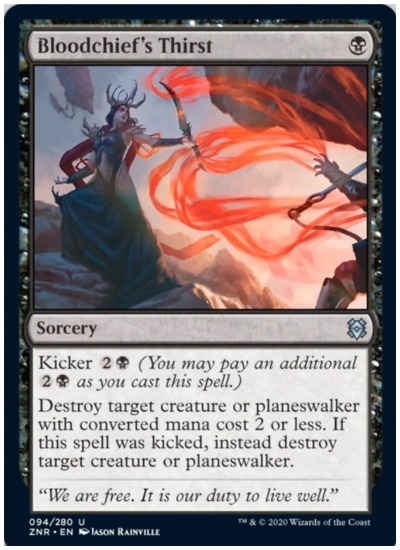
There’s a lot of good removal in Standard. But Bloodchief’s Thirst stands above it all due to its cheap cost and scaling power level. One mana to kill a creature or planeswalker in the early game with the option to kick it and deal with a late-game threat is powerful. This is the best removal spell since Fatal Push. Bloodchief’s Thirst is an auto-include in black decks in Standard and is finding homes in Pioneer and Modern lists, too. Bloodchief’s Thirst is another example of the best Magic cards that are versatile and scale well.


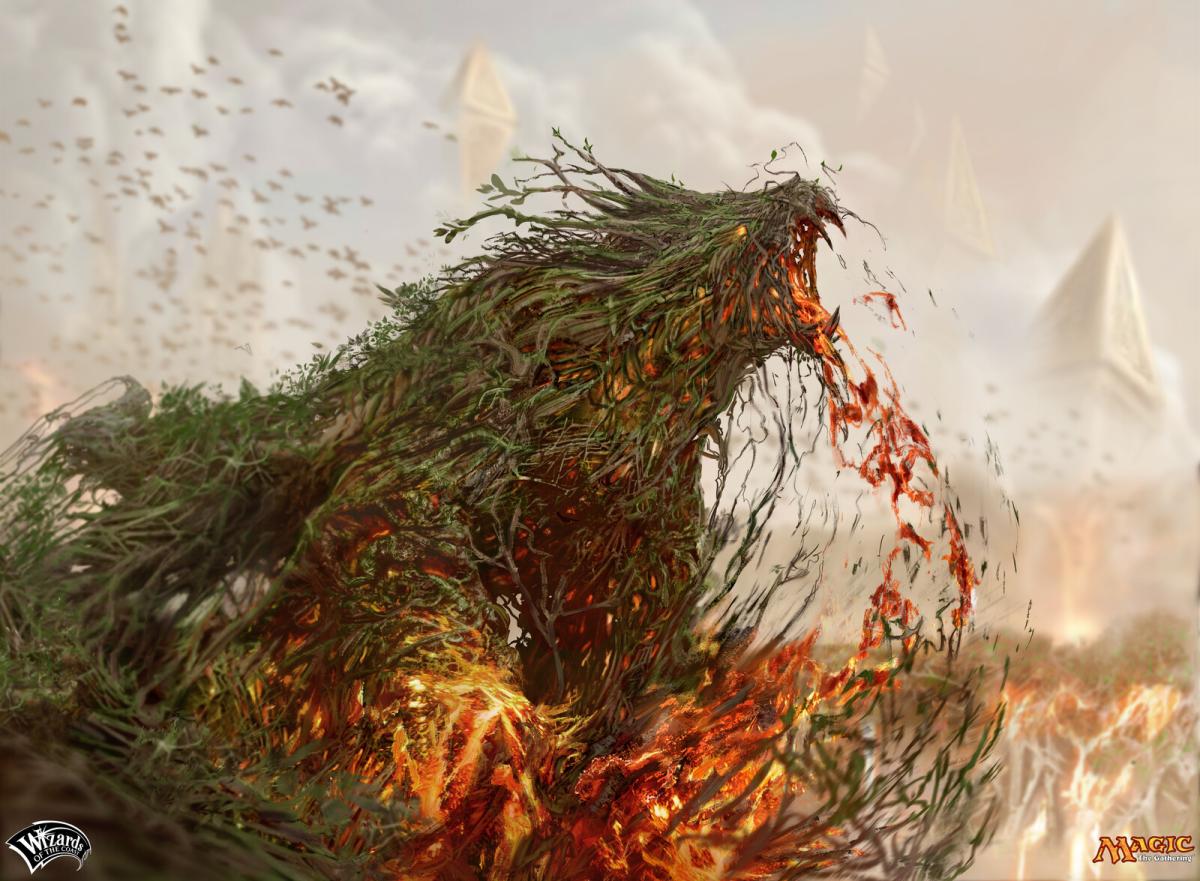
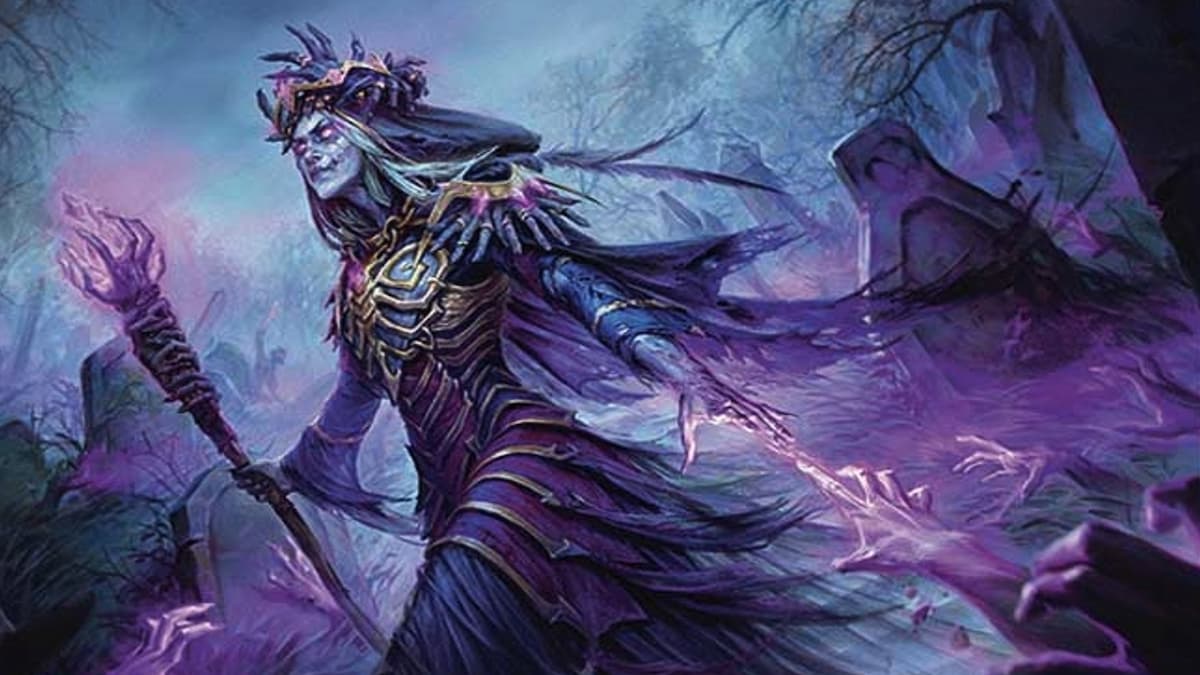
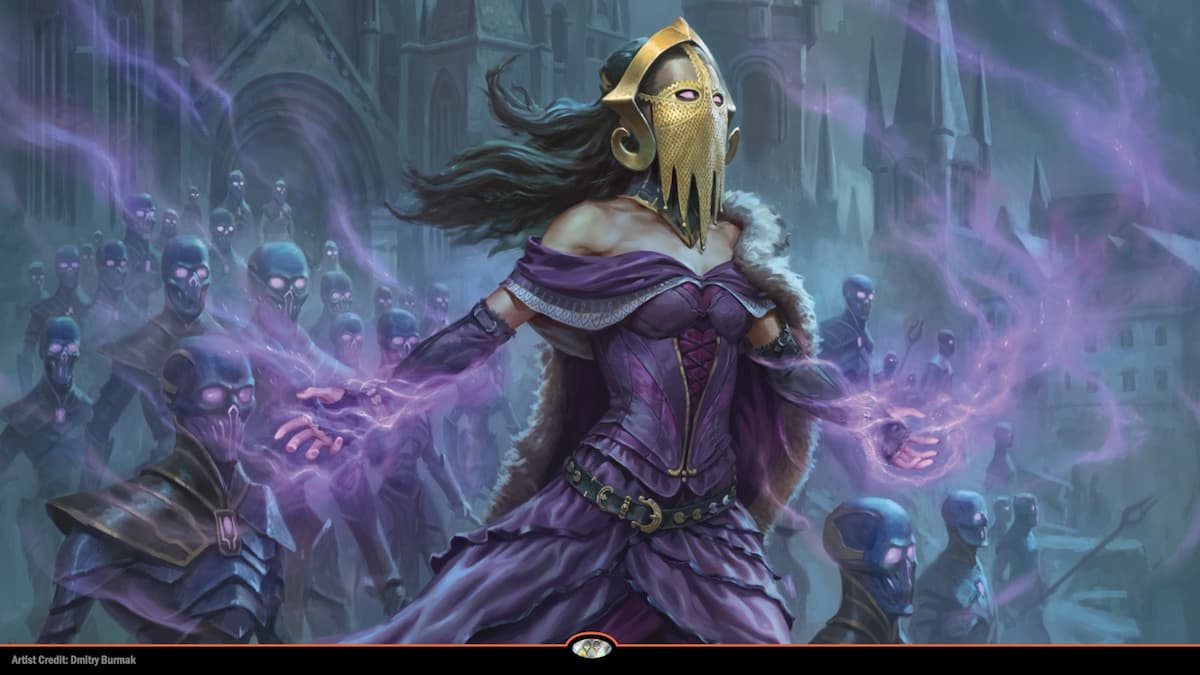
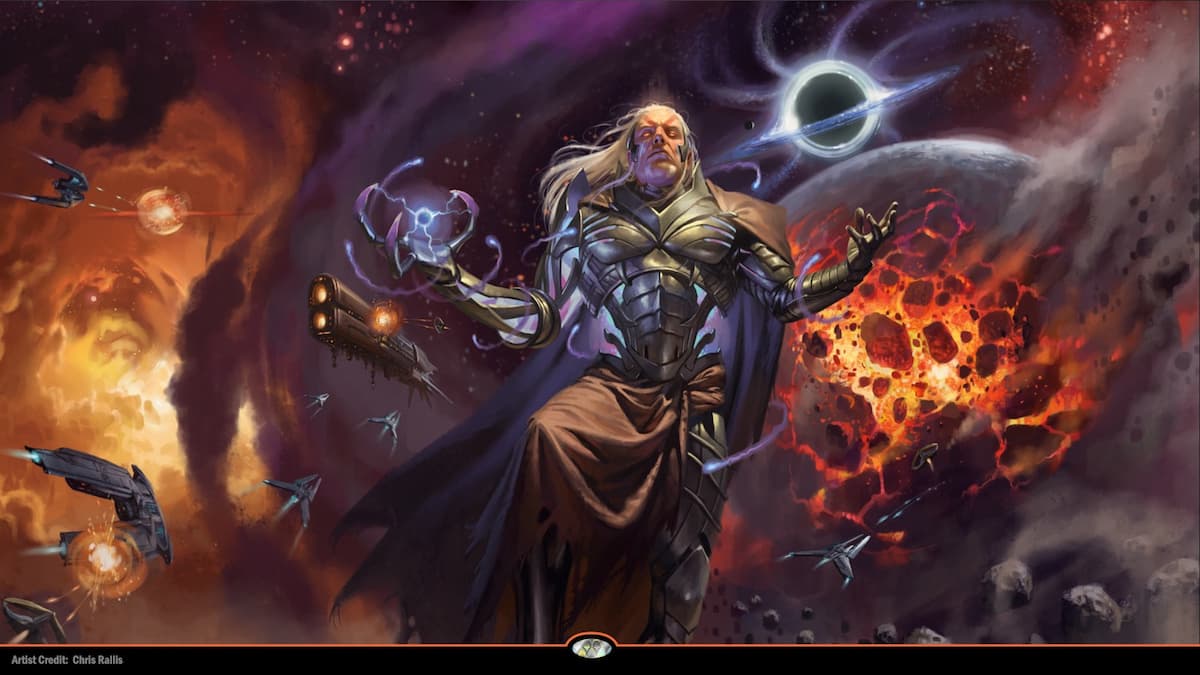


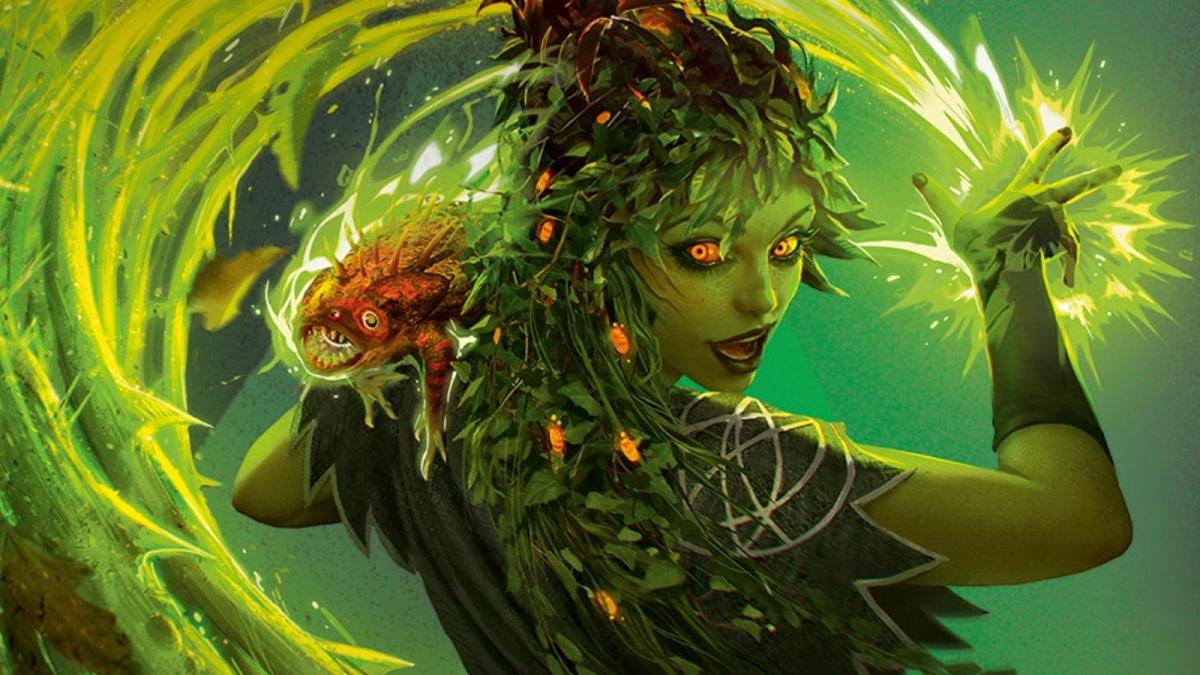
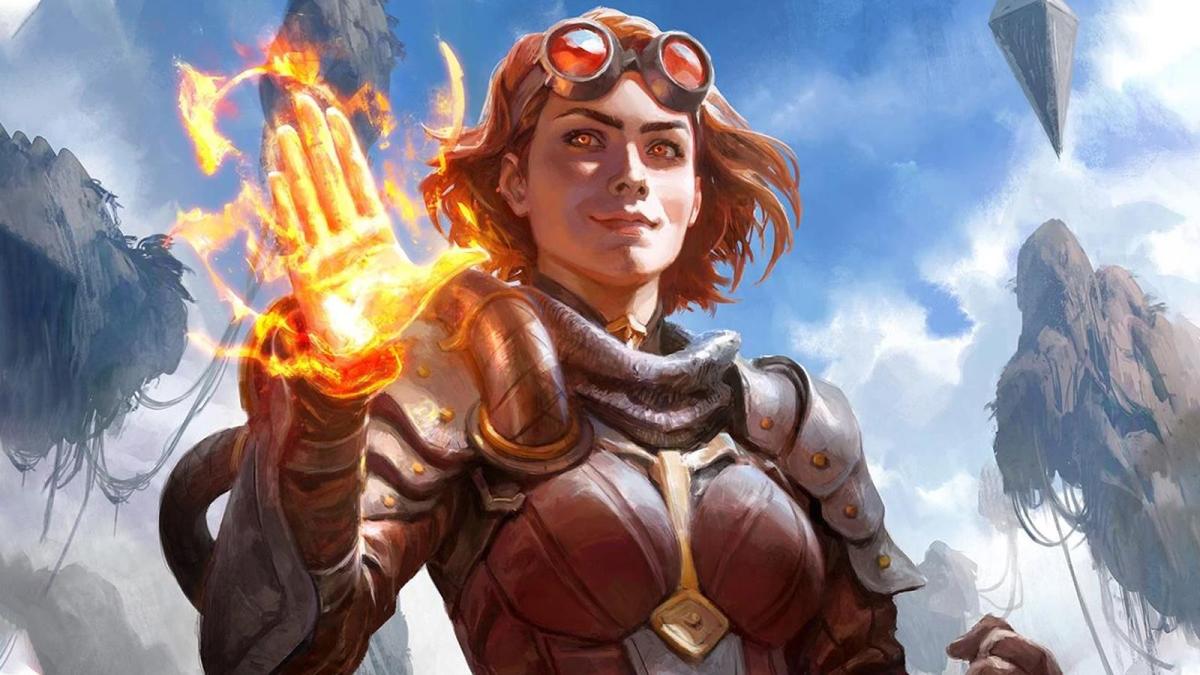



Published: Jan 4, 2021 05:15 pm